Everyone dreams of Paris, Tokyo, or Rome — the headline cities that dominate postcards and bucket lists. But if you really want to experience the heart of a country, sometimes it’s better to skip the spotlight and head straight for its second act. Choosing to visit a country’s second city first doesn’t mean settling for less. In fact, it often means gaining more — more authenticity, better prices, deeper culture, and way fewer crowds. If you’ve never considered this strategy, here’s why it might just change the way you travel.
Second Cities Feel More Real
Big capitals often cater to the global gaze — polished, bustling, and curated for the international traveler. But second cities? They’re more focused on living than performing. Think Osaka instead of Tokyo, Lyon instead of Paris, or Medellín over Bogotá. These cities hum with local rhythm — corner bakeries, morning markets, conversations in dialect. You get to see how people really live, work, relax, and celebrate. That kind of intimacy is hard to find in a city overrun with tour buses. Discover more from Lonely Planet’s guide to second cities.
They’re More Affordable (But Just As Fun)
From accommodation to meals and attractions, second cities typically come with friendlier price tags. Hotels in Porto cost less than in Lisbon. Street food in Chiang Mai will stretch your budget longer than Bangkok. And you won’t sacrifice excitement — many of these cities have thriving music scenes, dynamic street art, and a calendar full of cultural festivals. You’re not missing out — you’re unlocking value.
Fewer Tourists Means More Breathing Room
There’s something liberating about exploring a city that isn’t drowning in tourists. You can take your time in museums. Locals are more open to conversations. Restaurants don’t require three-week reservations. When you visit a country’s second city, you get space — and peace — to discover at your own pace. It’s a travel experience that feels more like living than ticking boxes.

Second Cities Are Often Just as Historic
Don’t assume smaller means newer. Many second cities have deep roots — and often preserved them better than their flashier siblings. Granada holds onto Moorish history just as fiercely as Madrid. Quebec City channels old-world Europe more authentically than some parts of Paris. And don’t forget about places like Kraków, Kyoto, and Valparaíso — all of which shine with heritage, without the capital city pressure.
They’re Easier To Navigate
Traffic? Minimal. Public transport? Manageable. Walking from one end of town to the other? Totally doable. Second cities often offer just the right size — big enough to stay exciting, small enough to feel intimate. You won’t waste time in gridlock or constantly checking your map. The city unfolds naturally, like a conversation with a friend instead of a performance on stage.
Locals Are Often More Open
In major capitals, locals may be used to tourists — but that doesn’t mean they’re eager to chat. In second cities, you’re more of a novelty, which often leads to more welcoming interactions. People are curious, proud of their hometown, and happy to offer tips. You’ll hear about the best bakery, the hidden garden, the rooftop café with no sign. You’ll feel less like a visitor and more like a guest.

You Still Get Great Connections
Worried about transport? Don’t be. Most second cities are well-connected by train, plane, or highway. You can easily bounce to the capital if you want to — or use the second city as your home base. From Bologna, you can explore all of northern Italy. From Ghent, you can hop to Brussels or Bruges in under an hour. These places aren’t remote — they’re perfectly positioned.
Second Cities Tell Different Stories
Capital cities often speak the national narrative — polished, official, expected. Second cities tell the stories you don’t hear as often. They speak in regional dialects. Their art pushes boundaries. Their cuisine holds onto old recipes or experiments with bold new ones. If you want to understand the soul of a place, don’t just follow the spotlight — follow the echo. That’s where the stories live.
Have you discovered a city that changed your perspective on travel? Did you ever choose to visit a country’s second city first — and fall in love? Tell us about your favorite underdog destinations in the comments.
For more smart travel strategies and unsung places worth discovering, follow us on social media. We’ll help you see more than just what’s on the surface.
Catch up on the top stories and travel deals by subscribing to our newsletter!

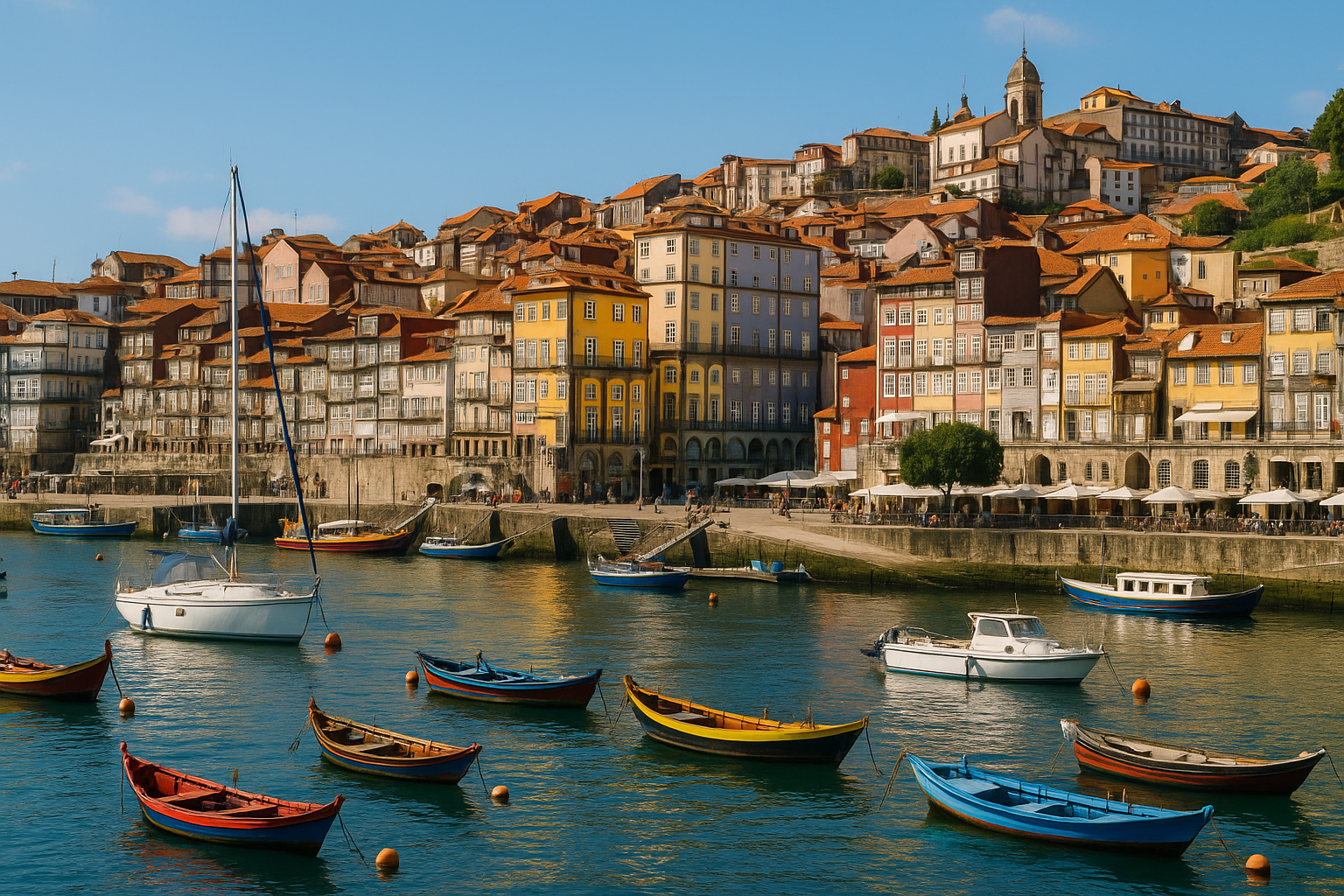


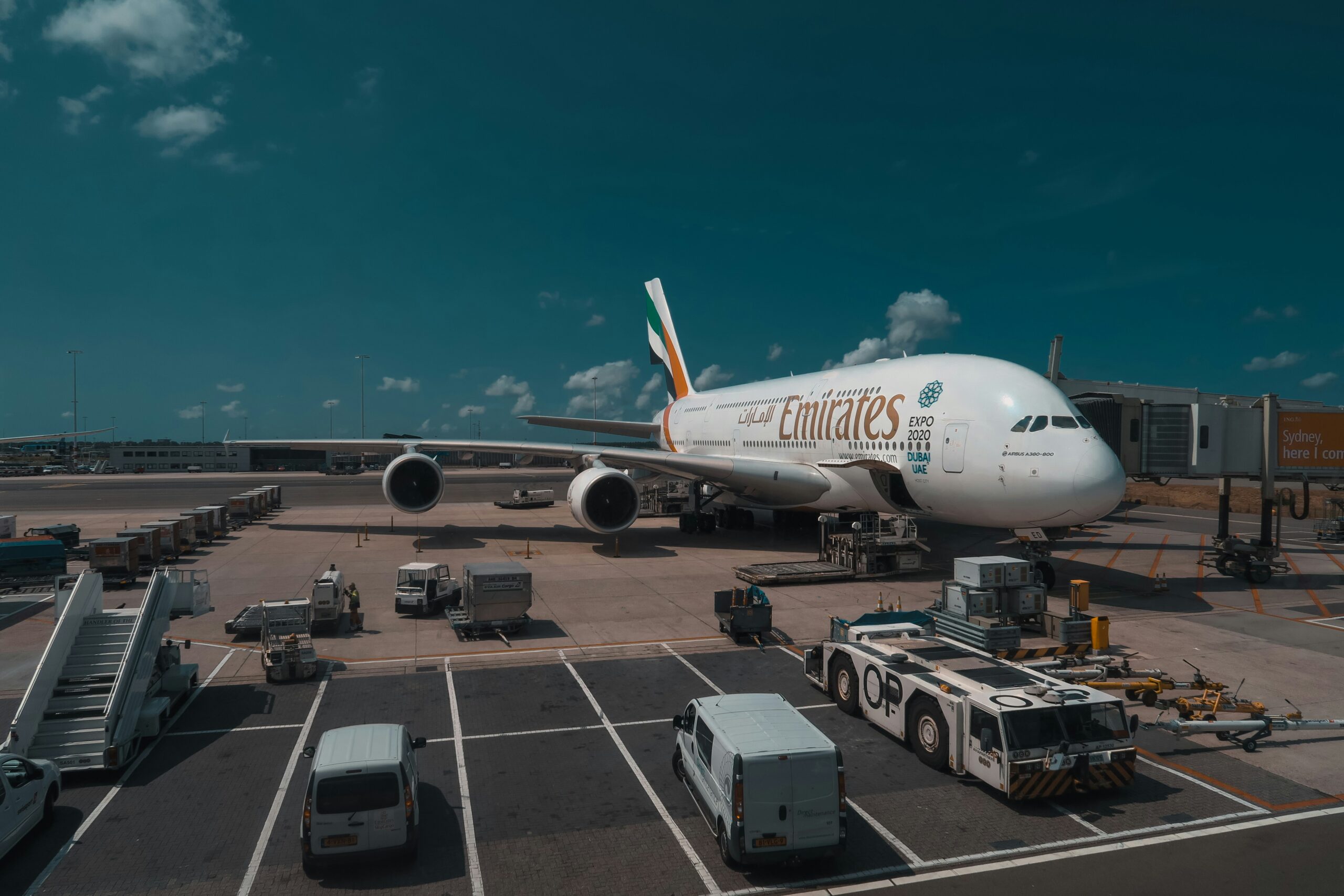




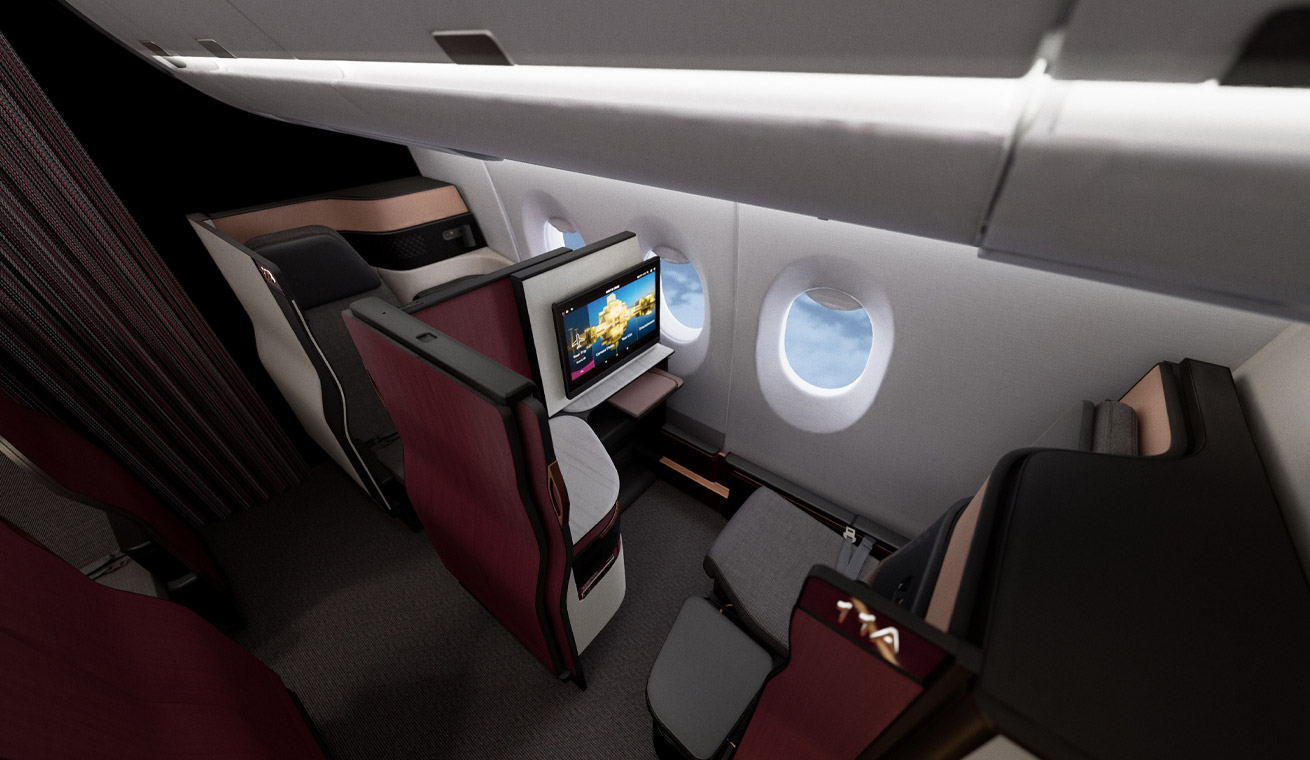
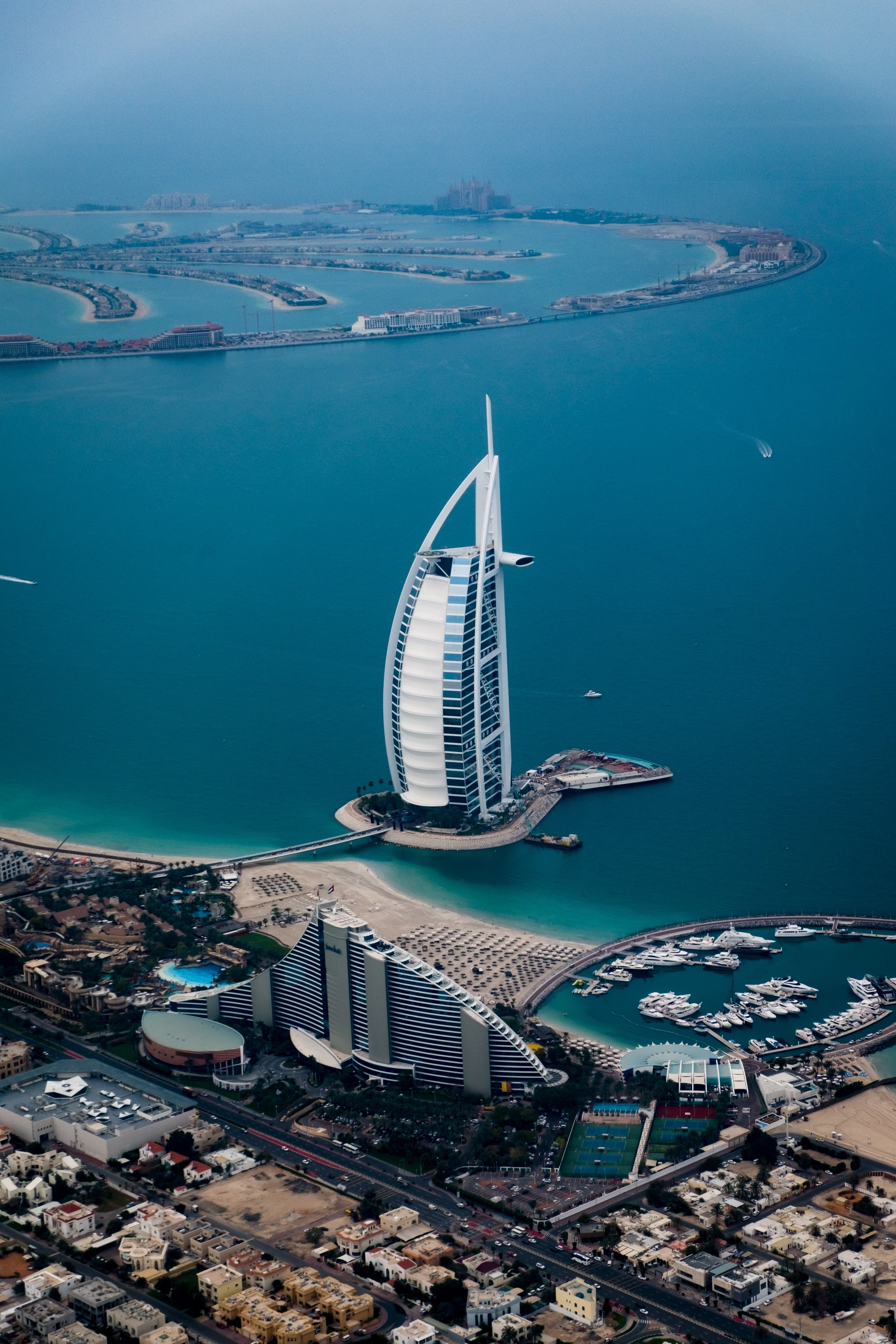
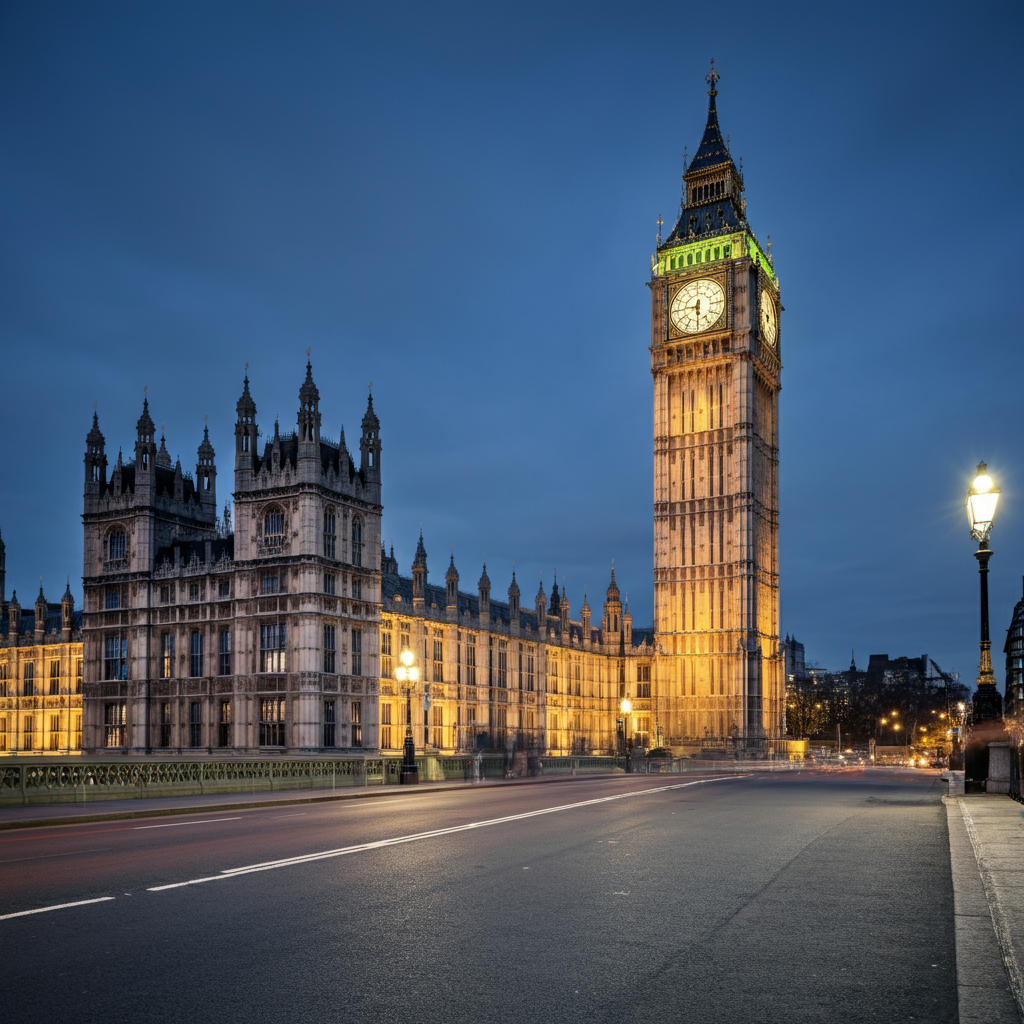
Leave a Reply